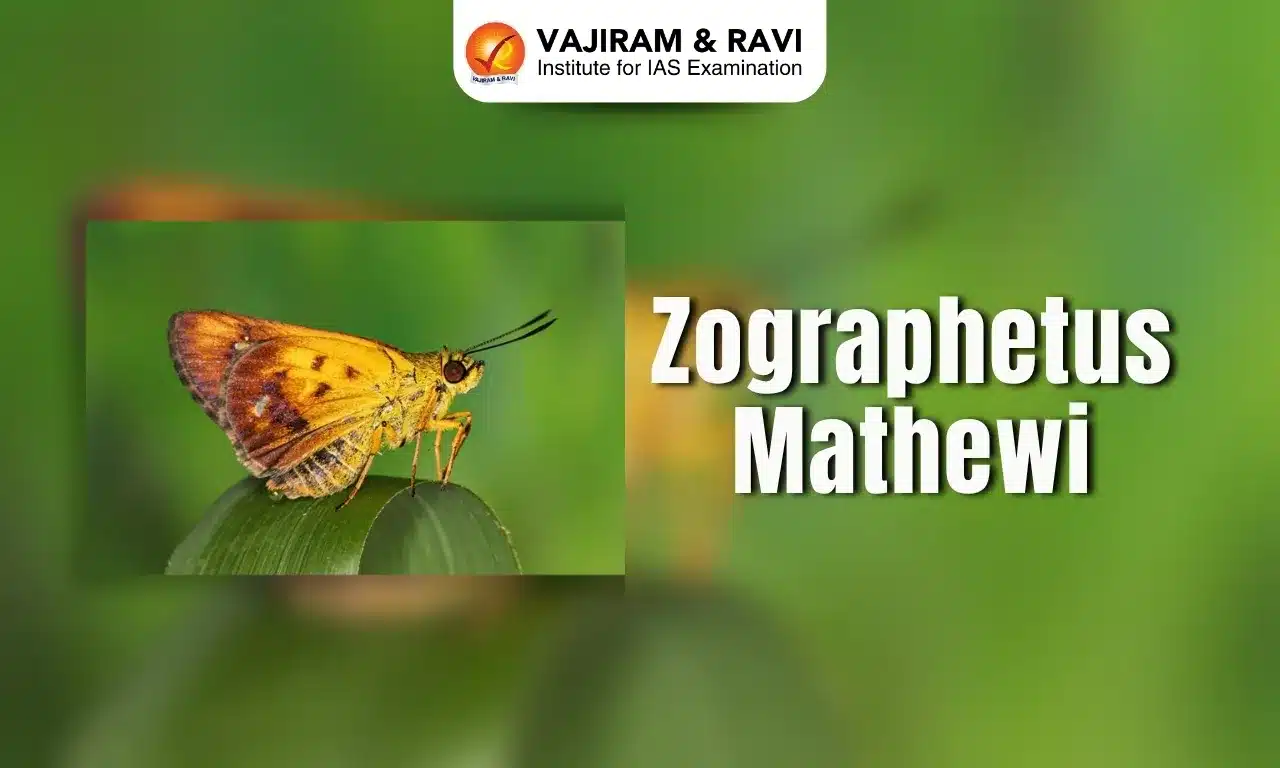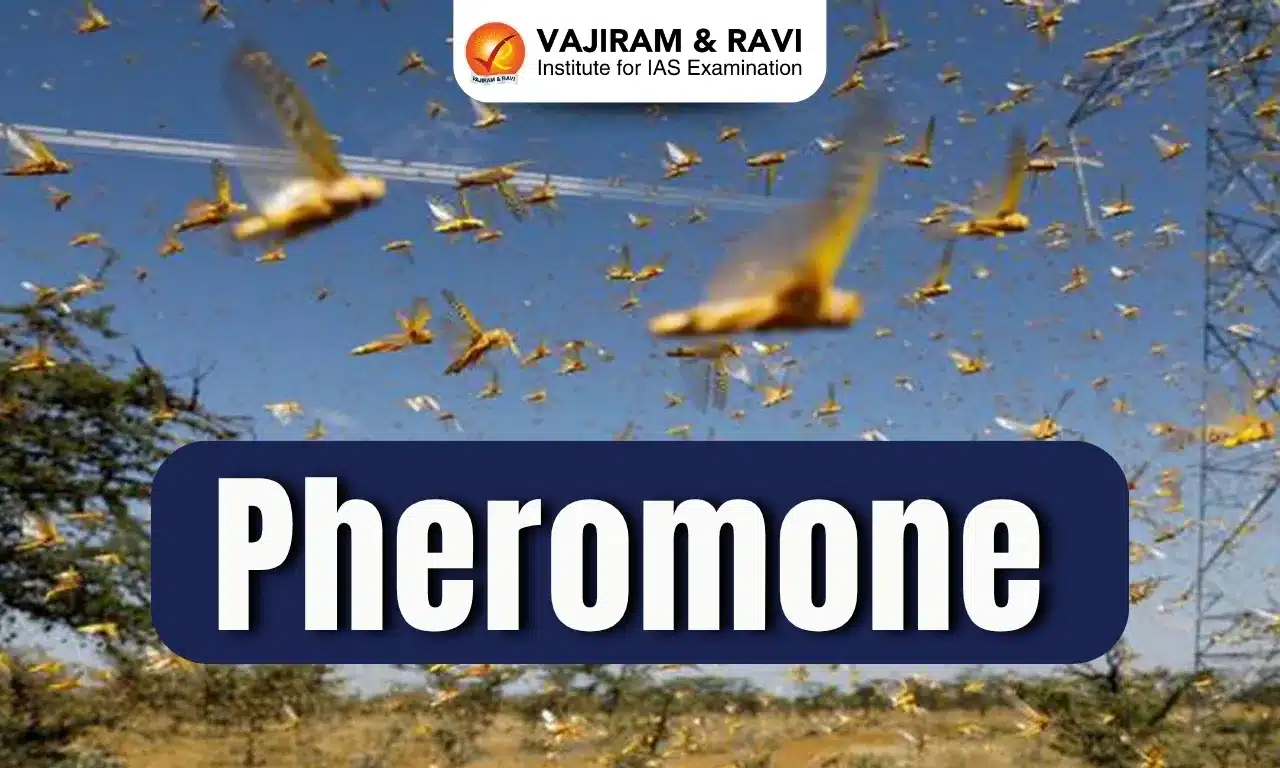Pradhan Mantri Divyasha Kendra Latest News
The Union Ministry of Social Justice & Empowerment, Government of India, is set to inaugurate the 75th Pradhan Mantri Divyasha Kendra (PMDK) at Government Medical College, Badaun, Uttar Pradesh.
About Pradhan Mantri Divyasha Kendra
- It is a unique initiative aimed at providing integrated services under one roof—including assessment, evaluation, counselling, distribution, and post-distribution care—for eligible Divyangjan (persons with disabilities) and elderly beneficiaries.
- These centres are being established through ALIMCO (Artificial Limbs Manufacturing Corporation of India), a Central Public Sector Undertaking under the Department of Empowerment of Persons with Disabilities (DEPwD).
- The newly established PMDK at Badaun would provide assistive aids and appliances under the ADIP Scheme for Divyangjan and the Rashtriya Vayoshri Yojana (RVY) for senior citizens.
- Devices such as tricycles, wheelchairs, hearing aids, walkers, artificial limbs, and mobility support accessories would be offered free of cost to eligible beneficiaries.
- The initiative has already benefited over 1.40 lakh individuals with assistive devices worth more than ₹179.15 lakh.
- Significance: It significantly reduces the travel and logistical challenges faced by local beneficiaries, offering them accessible, dignified, and timely services at the regional level.
Source: PIB
Pradhan Mantri Divyasha Kendra FAQs
Q1: Is ALIMCO a government company?
Ans: Artificial Limbs Manufacturing Corporation of India (ALIMCO) is a Schedule 'C', Mini-Ratna Category II Central Public Sector Enterprise working under the aegis of Department of Empowerment of Persons with Disabilities, Ministry of Social Justice & Empowerment, Government of India.
Q2: What is Pradhan Mantri Divyasha Kendra?
Ans: Pradhan Mantri Divyasha Kendra (PMDK) are Centers established to provide assistive devices and services to Persons with Disabilities (Divyangjan) and senior citizens.












